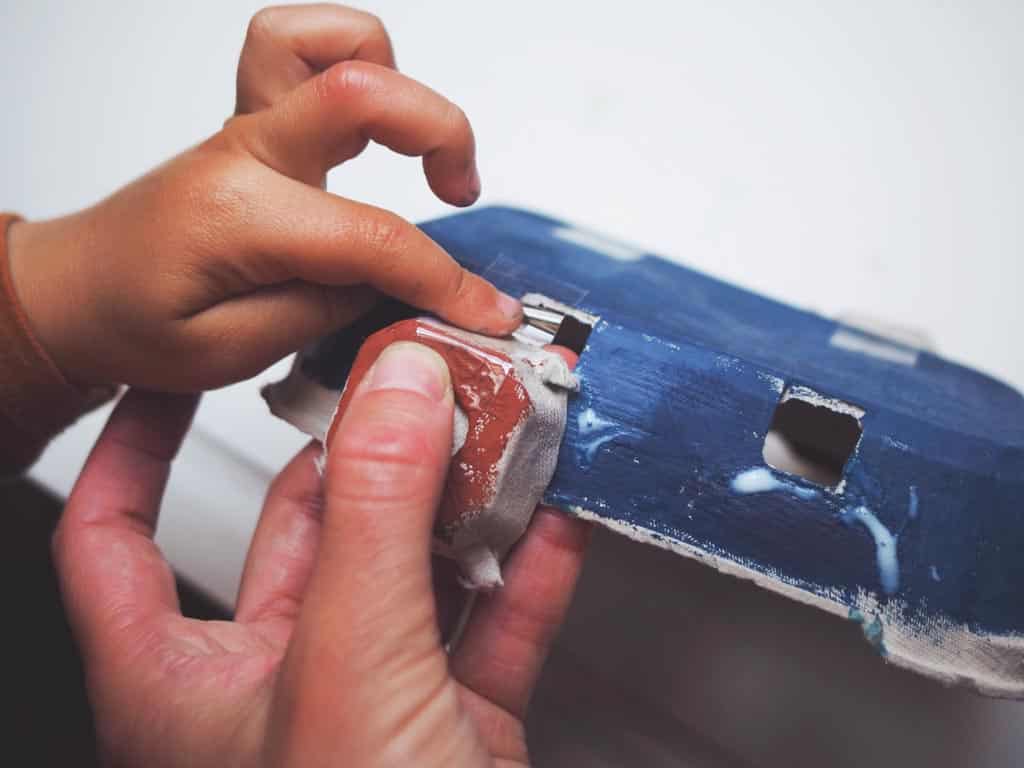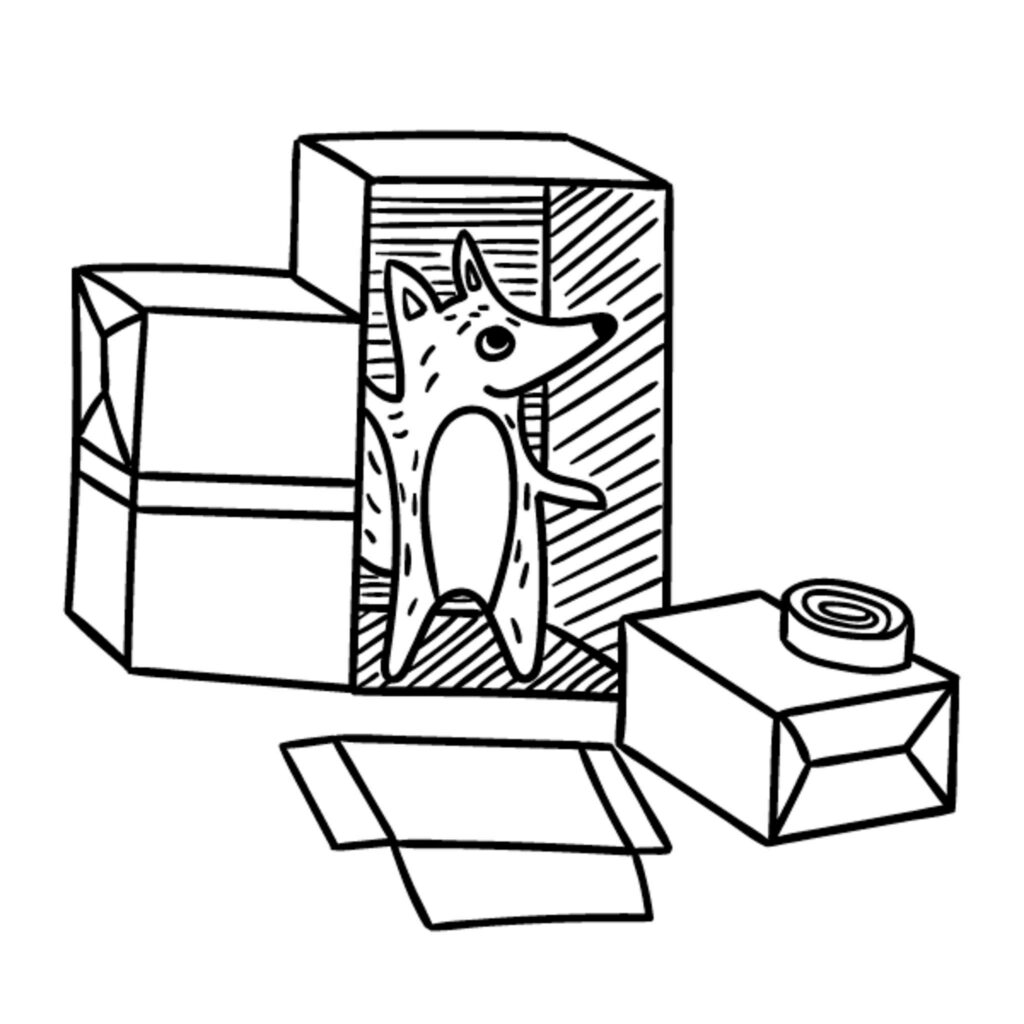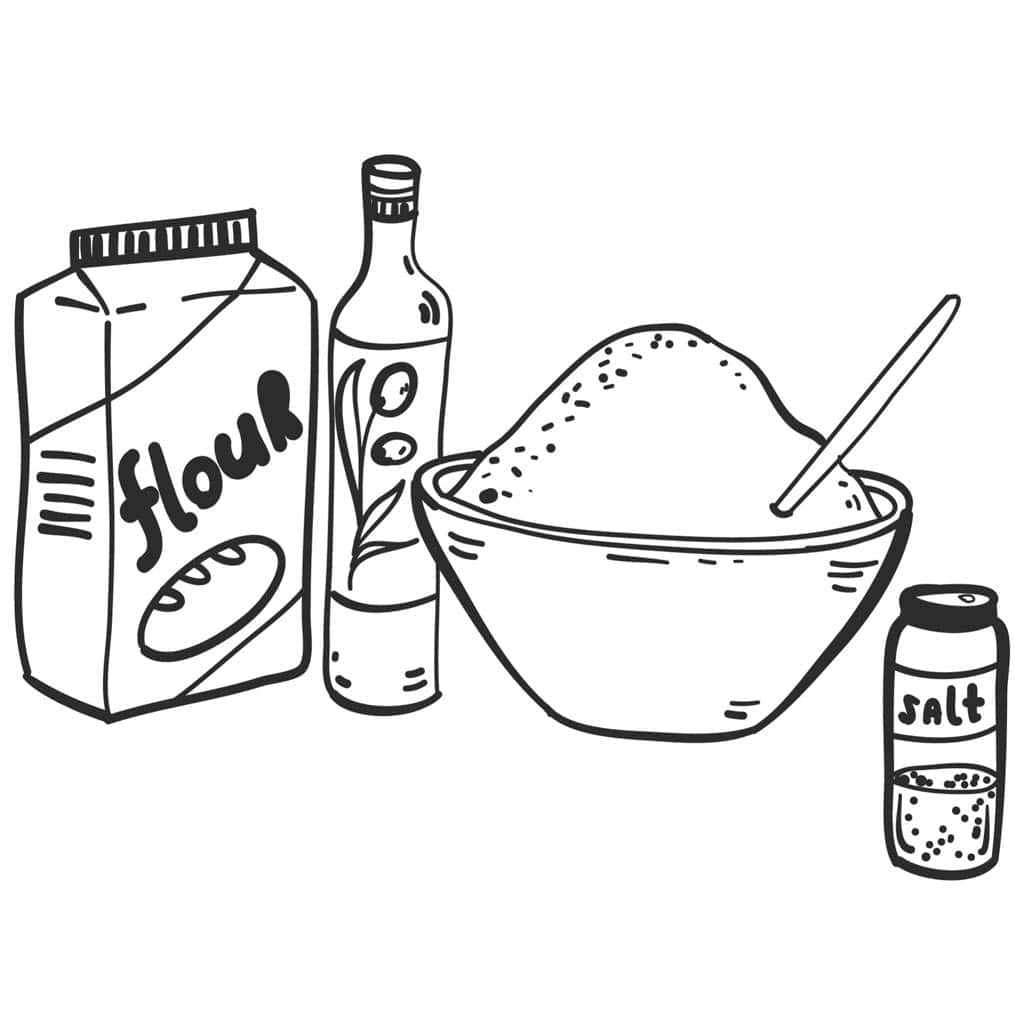Have you ever scratched a picture in the sand on a beach?
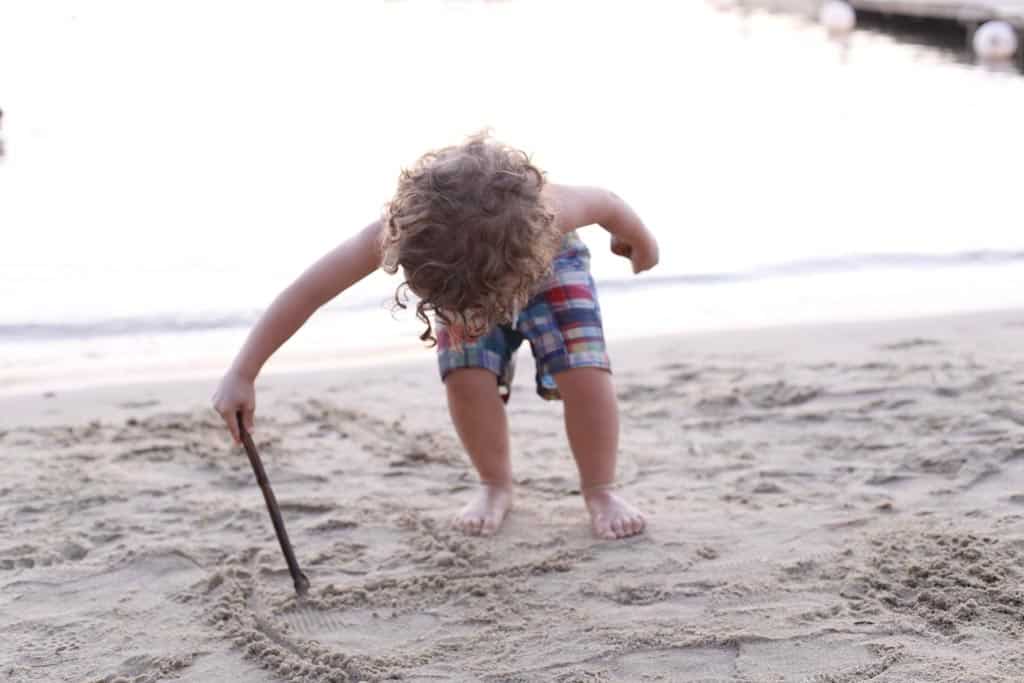
Or built a sandcastle?

How did you feel when the waves washed it away?
How did you feel when your chalk ‘Wanted’ poster for a ‘LLOST CA’ (Lost Cat) disappeared with the rain?
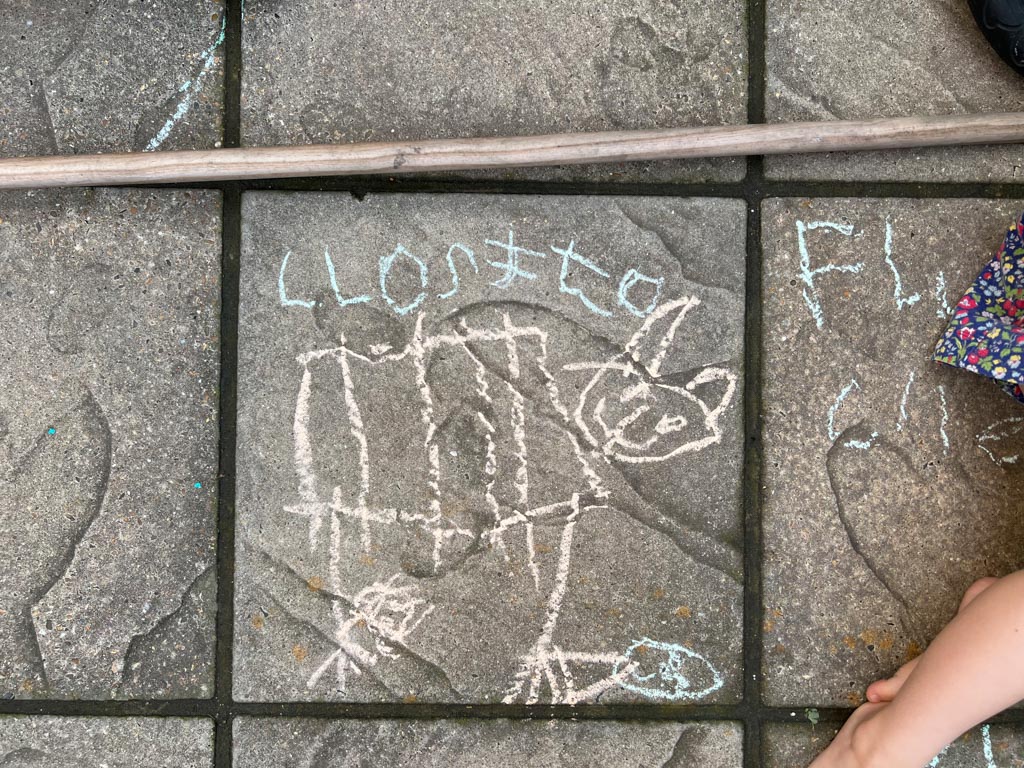
It wasn’t so bad, was it?
Why?
You expected it.
Your art wasn’t meant to last. It was transient.
A lesson in impermanence
At the risk of sounding like a Buddhist monk, nothing lasts forever. And that takes the pressure off.
Your work doesn’t have to be perfect.
You can experiment. You can make mistakes. Put one element next to another. It might work, it might not. You can move it or rub it out.
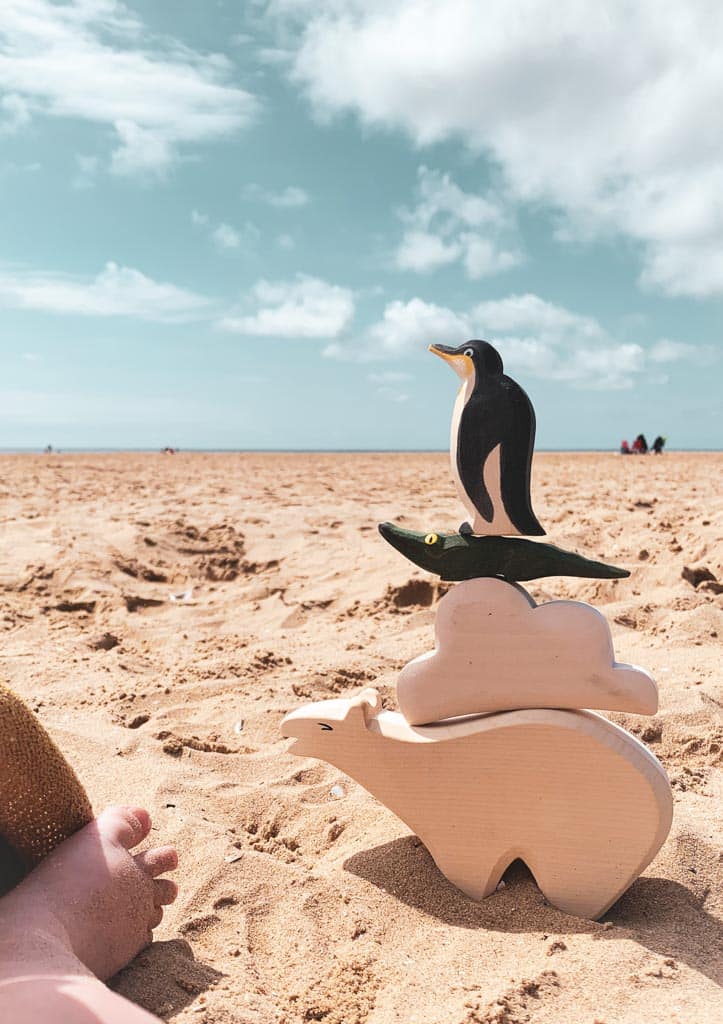
The activities
Get a tray. Fill it with a thin layer of sand, just enough to obscure the bottom. Use a finger to draw, revealing the tray below. Use a flat hand to smooth it over and start again. Also works with dried food like lentils and rice.
Abstract art. Make an arrangement with dried pasta.
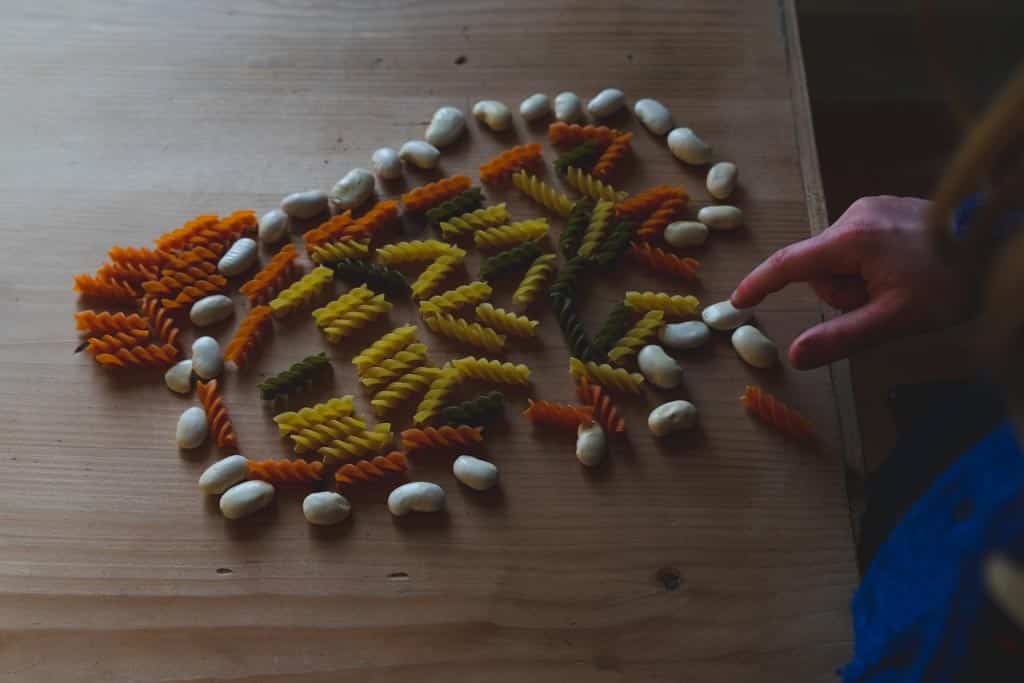
Collage with natural materials. Gather leaves, flowers, gravel, bark, pine cones, earth. Anything at all, in fact, that you can pick up on a walk through the garden or woods. Arrange into a picture. It can be two- or three-dimensional.
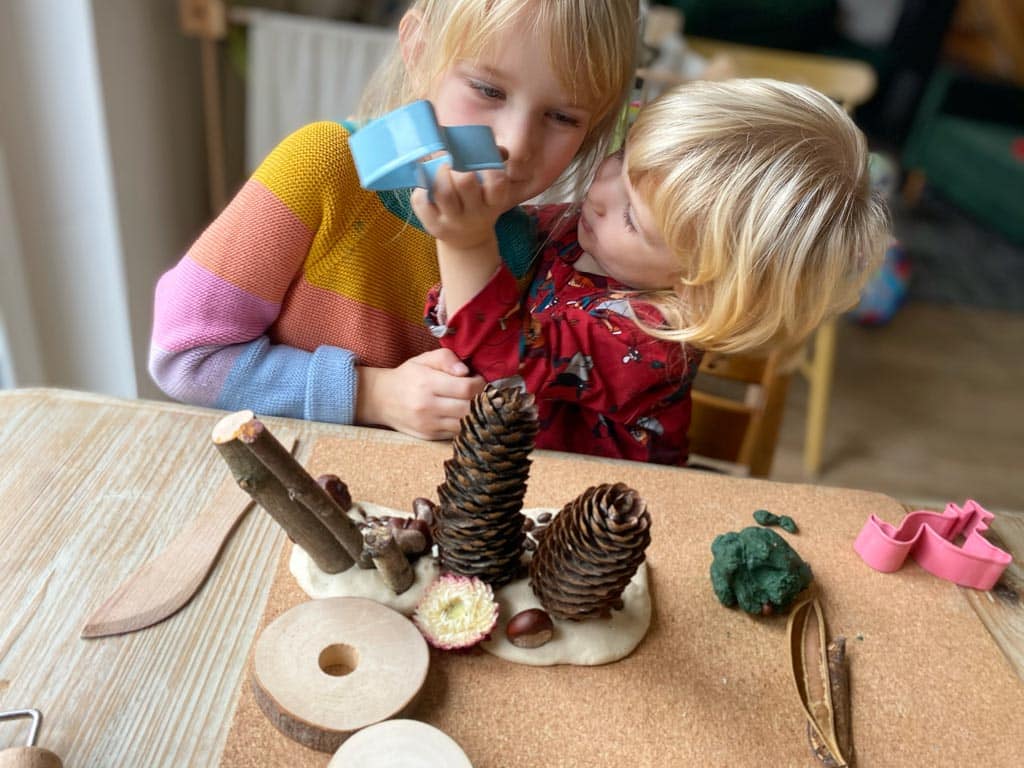
Arranging with loose parts. Make a picture with loose parts toys.

Or make a pattern.
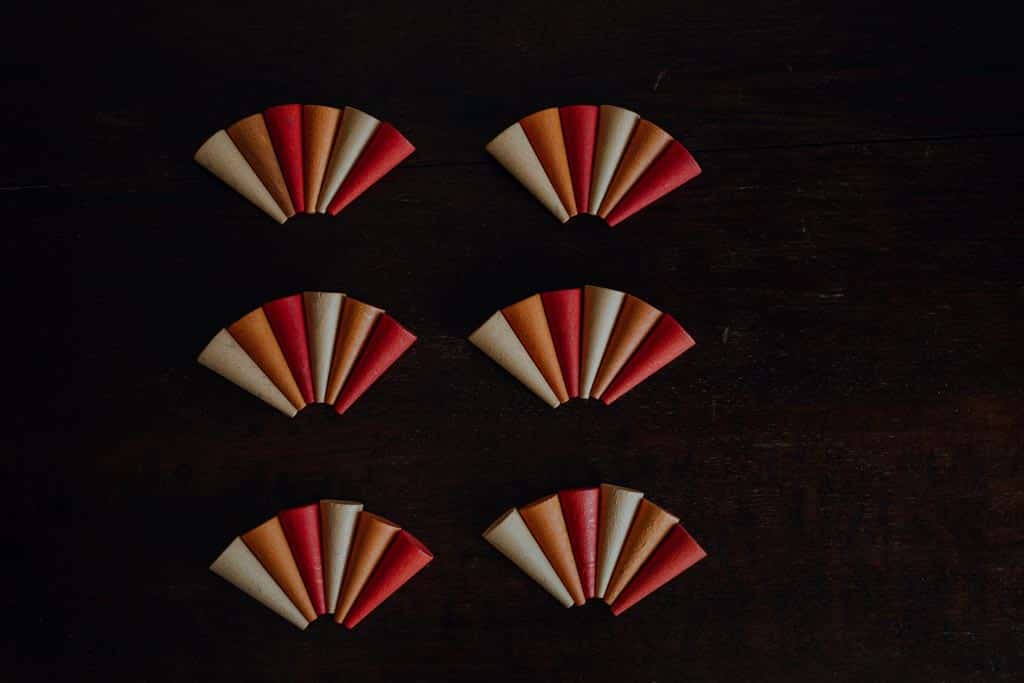
You might find some maths hidden in there.
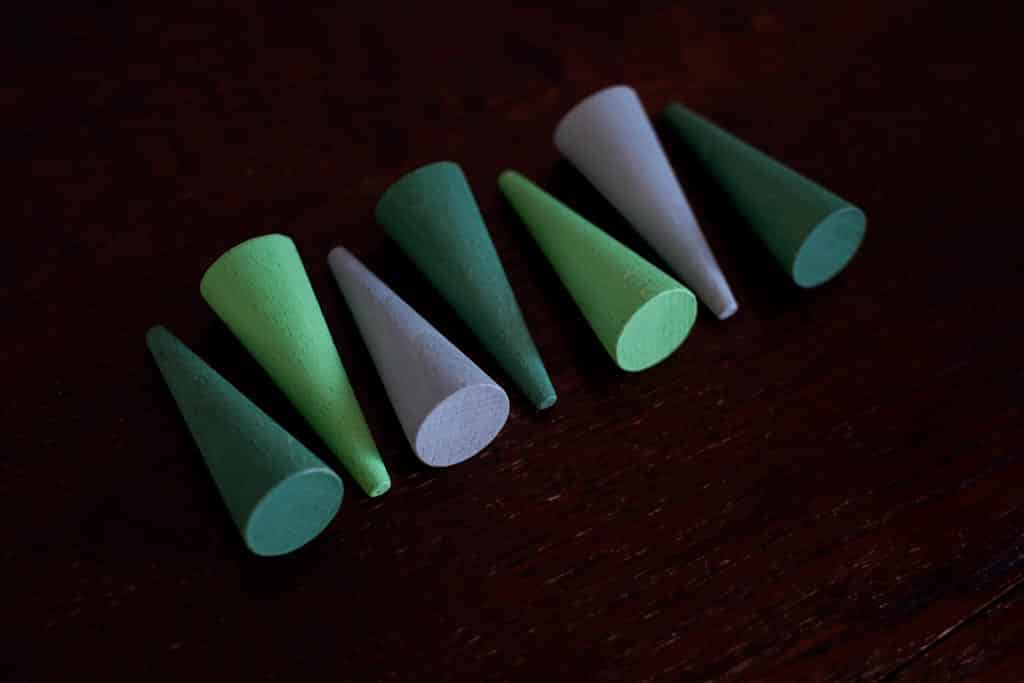
Or something beautiful in its simplicity.
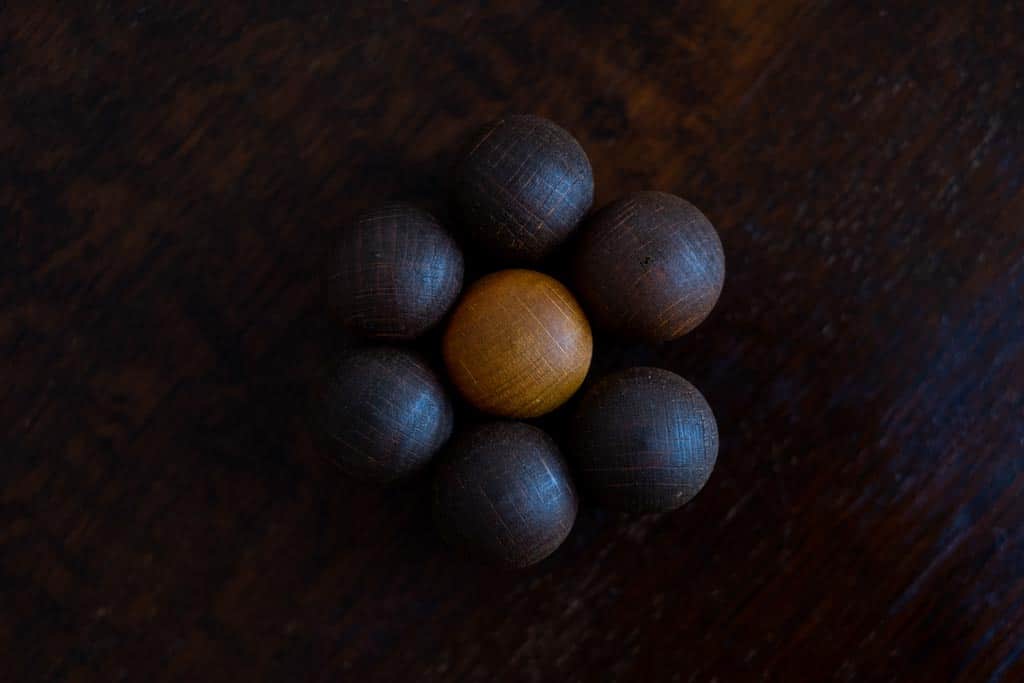
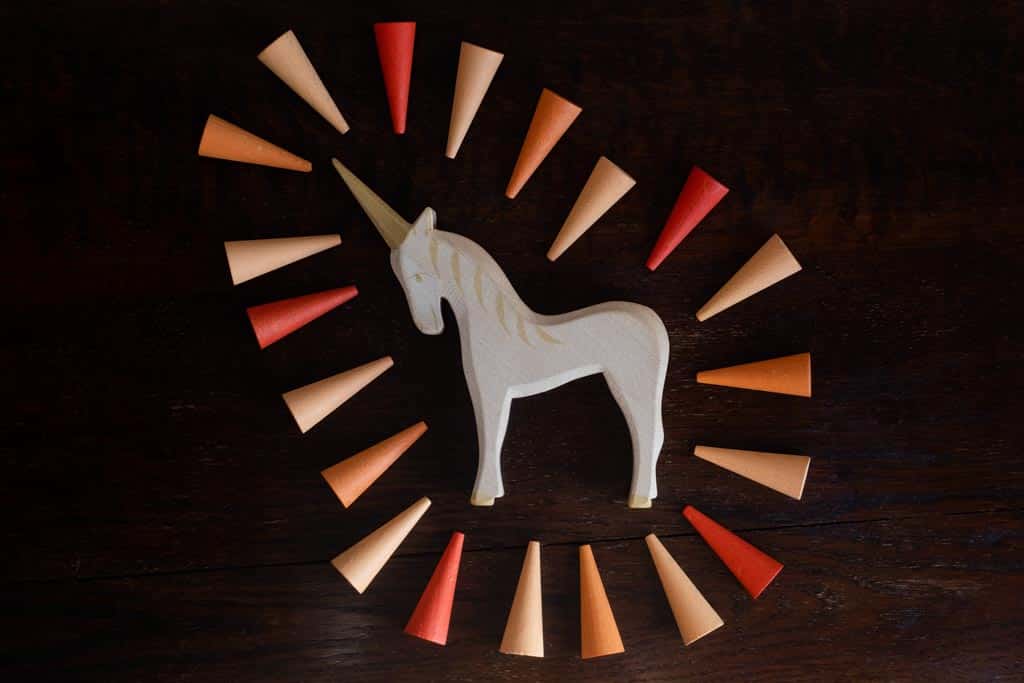
All of the above work just as well with nuts and bolts, paperclips, counters, coins, dried pasta or beans. You don’t need (admittedly beautiful) wooden toys.
Everything at once! There are no rules. Combine all your materials to make an ecclectic mix.
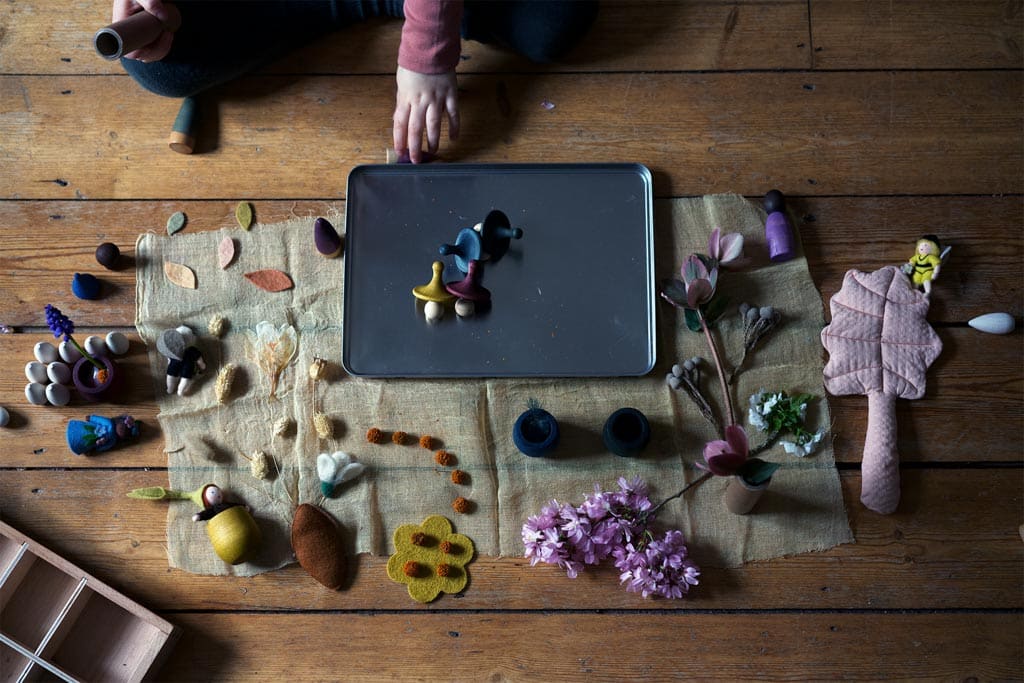
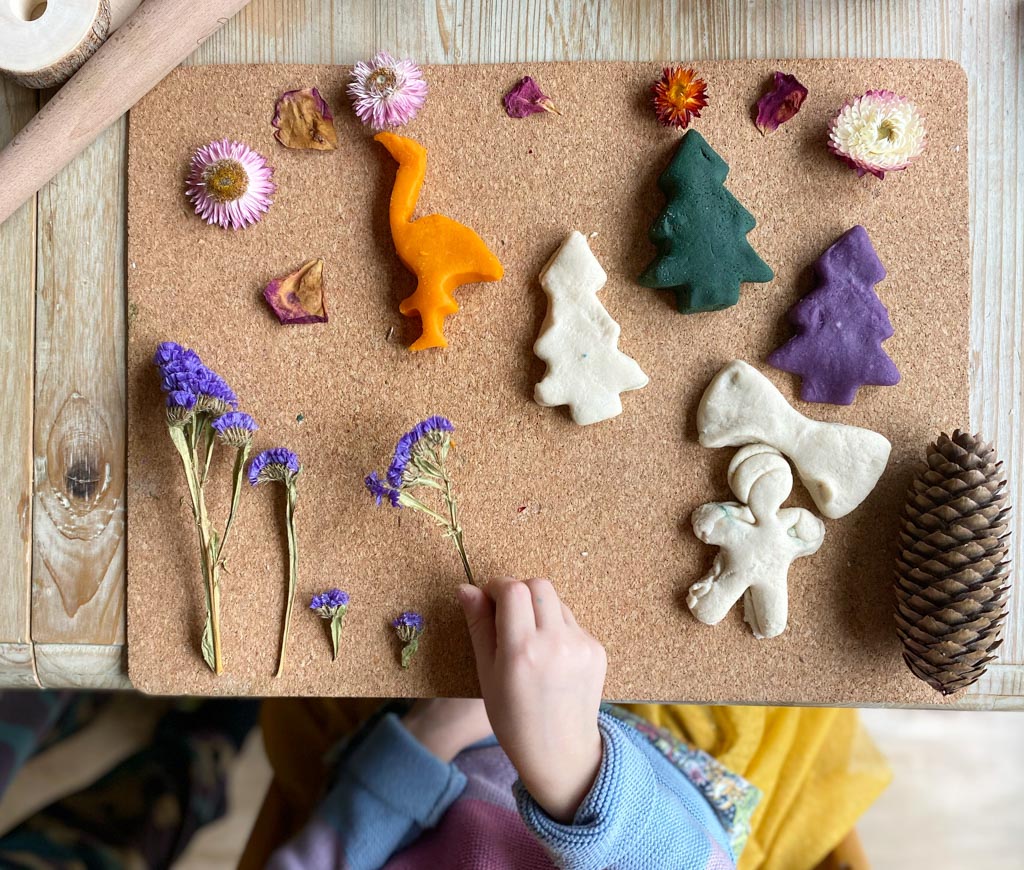
Parents can have a go, too!
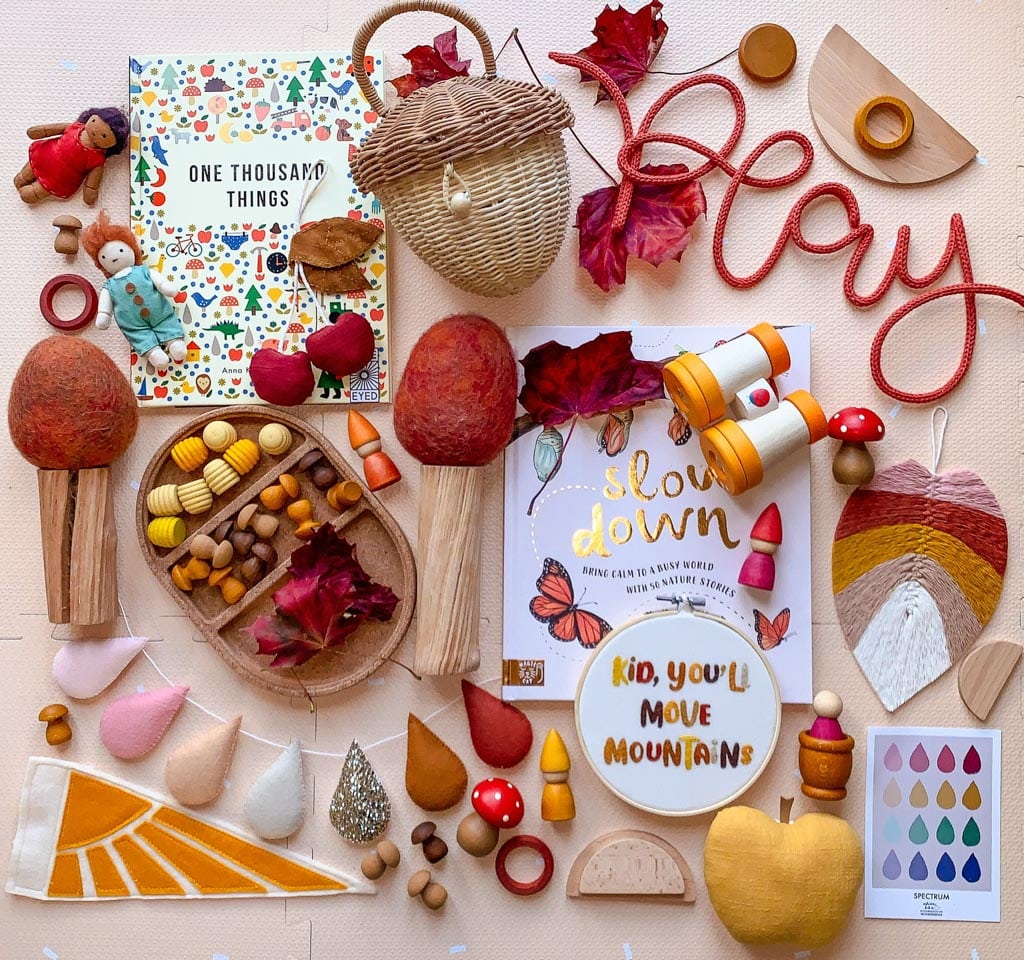
If all this impermanence is making you a little twitchy, feel free to take a picture for posterity before you break it all up again.
A word on schemas
Arranging taps into children’s desire to place. They are exploring the positioning schema. If you have a child who likes to line up cars – or beans – on the windowsill, transient art is for you.
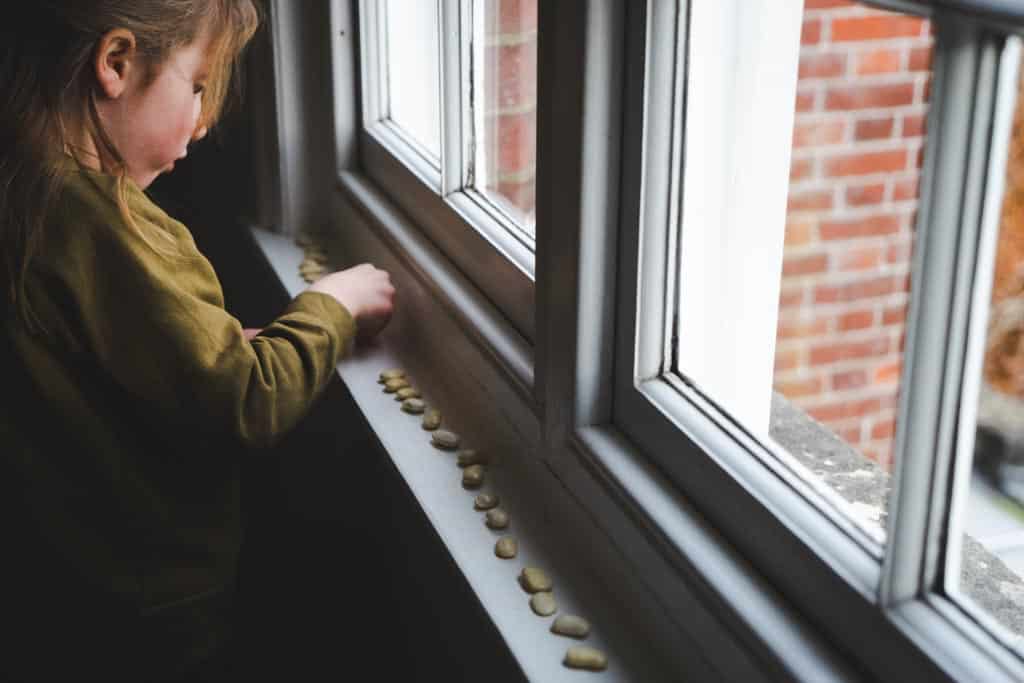
Transient art is, as the name suggests, a process in which the images, patterns, and sculptures children create don’t last beyond the end of their play session. Drawing in the sand at the beach is a transient art activity, as is drawing in chalk on the patio or making a face with pebbles.
Loose parts in particular play an important role in transient art. Using gemstones and coloured beads, leaves and sticks, pebbles and shells – anything – children can create images both figurative and abstract. They can arrange seasonal pictures, make patterns with colour palettes, sort shapes into groups and make visual stories. The possibilities really are endless.
Much like process art, the point of transient art is less to do with creating a masterpiece as it is exploring colour and shape and arranging elements in space. Fine motor skills and hand-eye co-ordination are reinforced as are early mathematical concepts of grouping and counting.
The art might be transient but the learning is certainly not.

